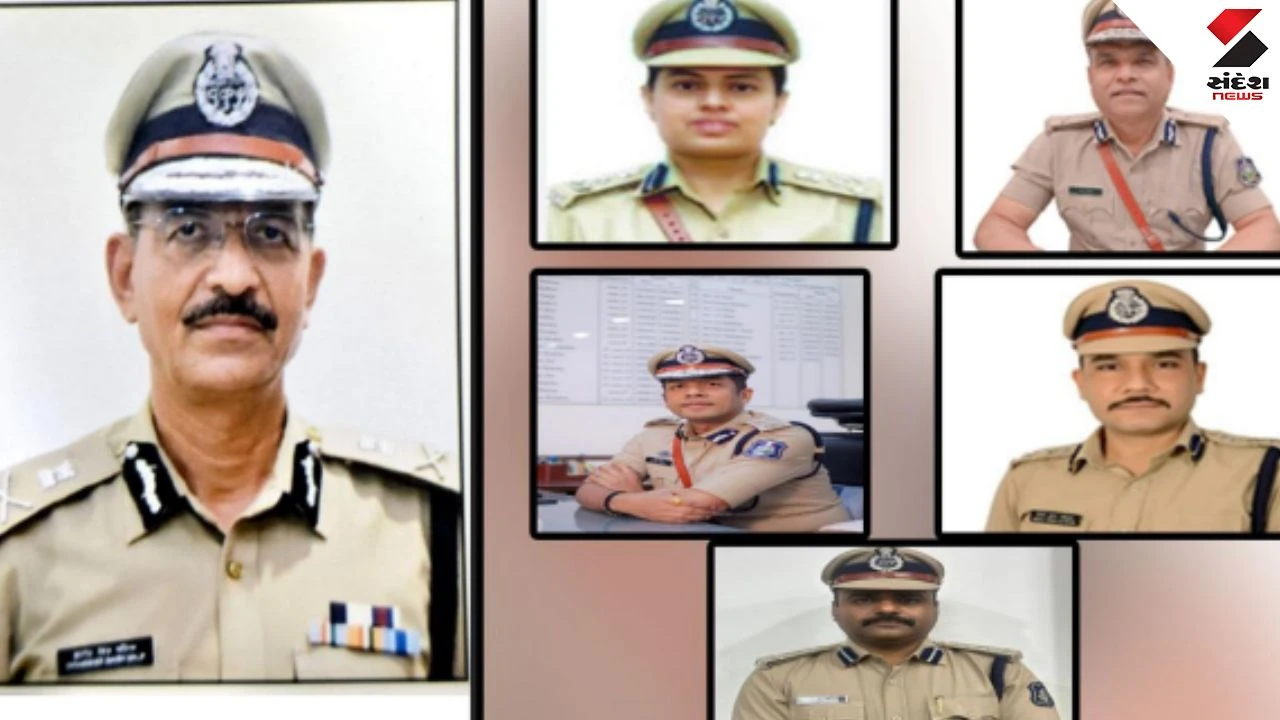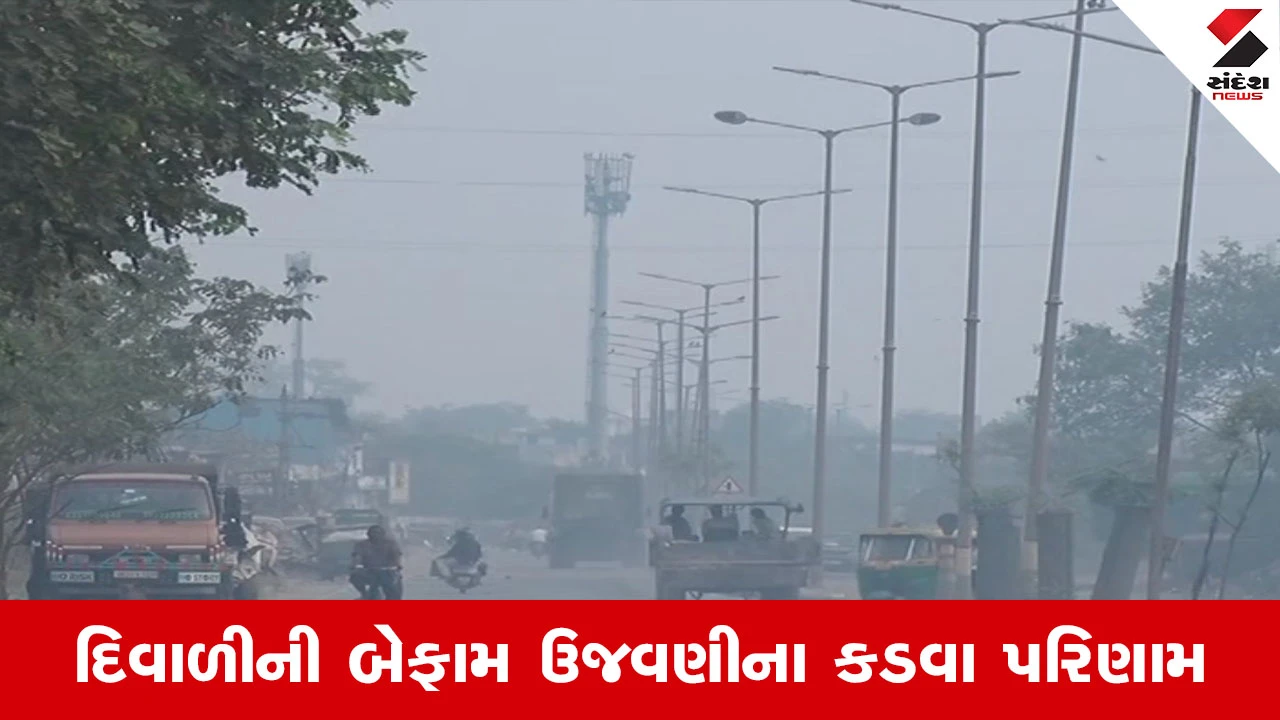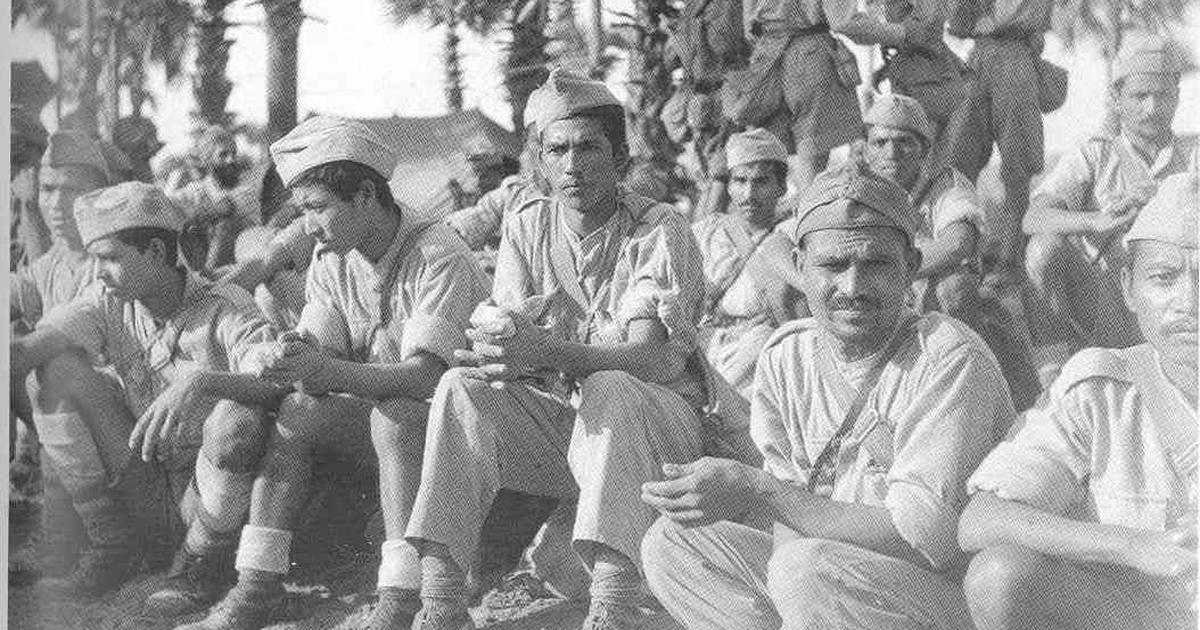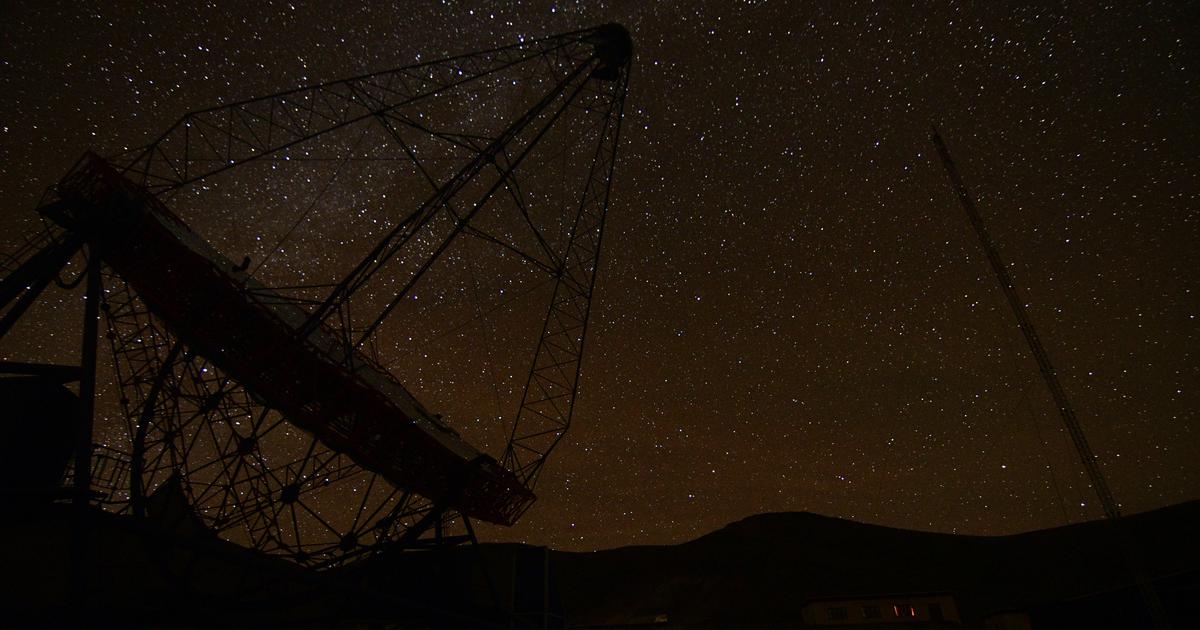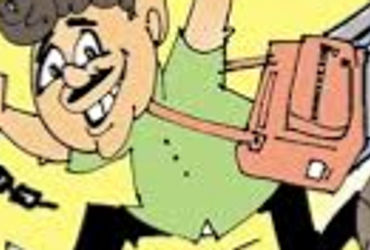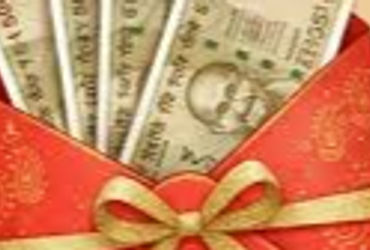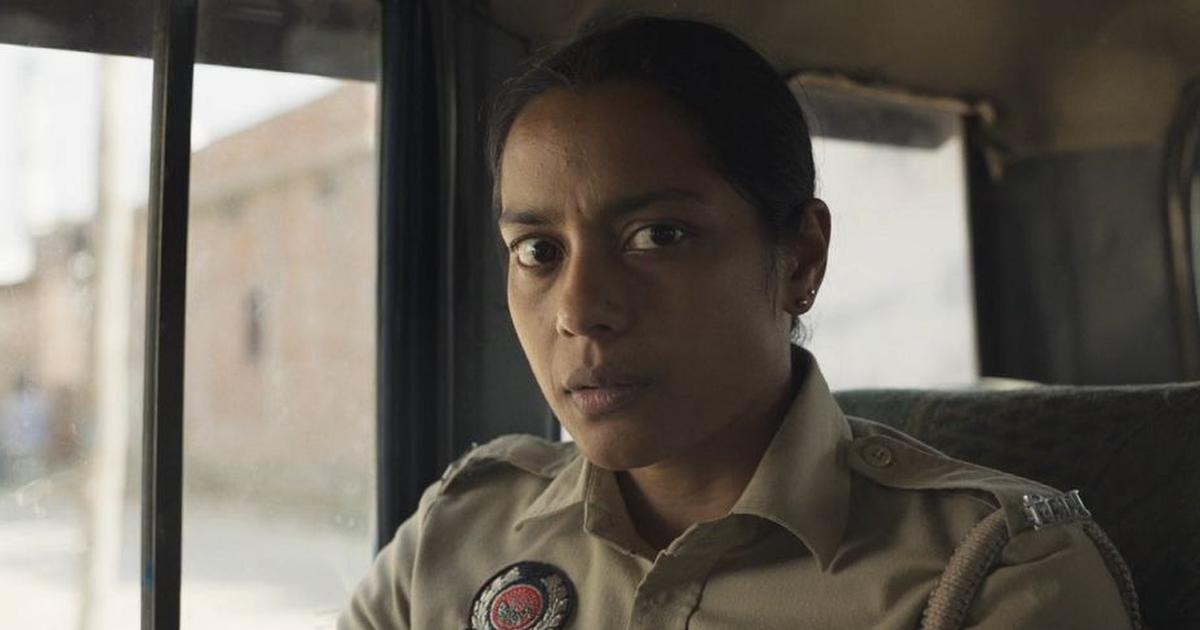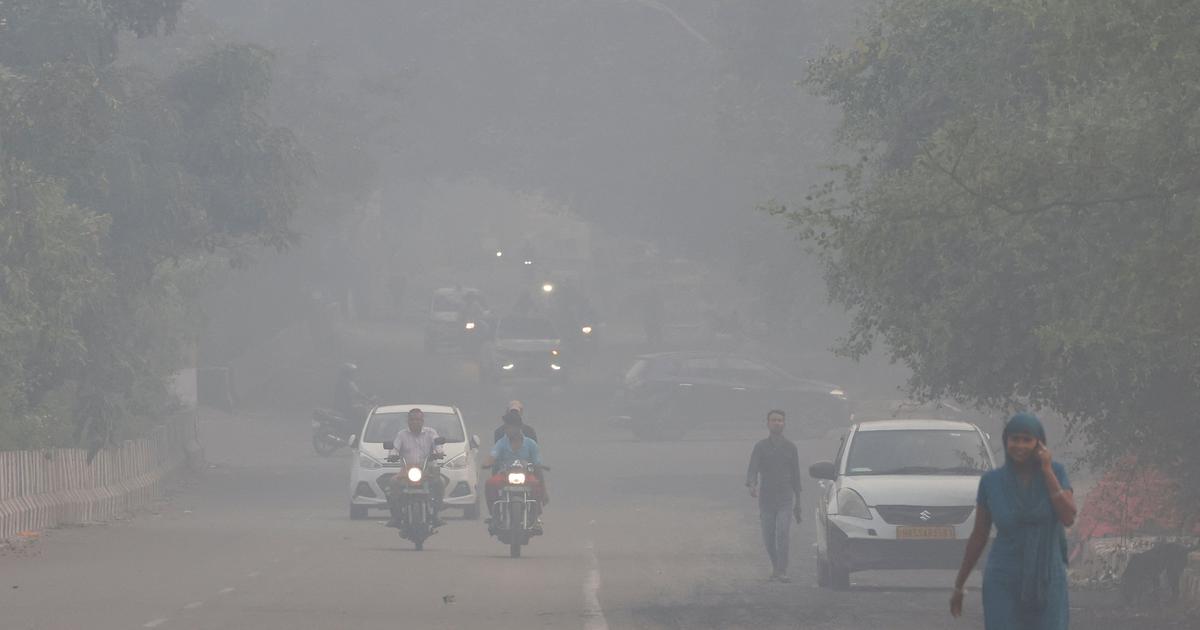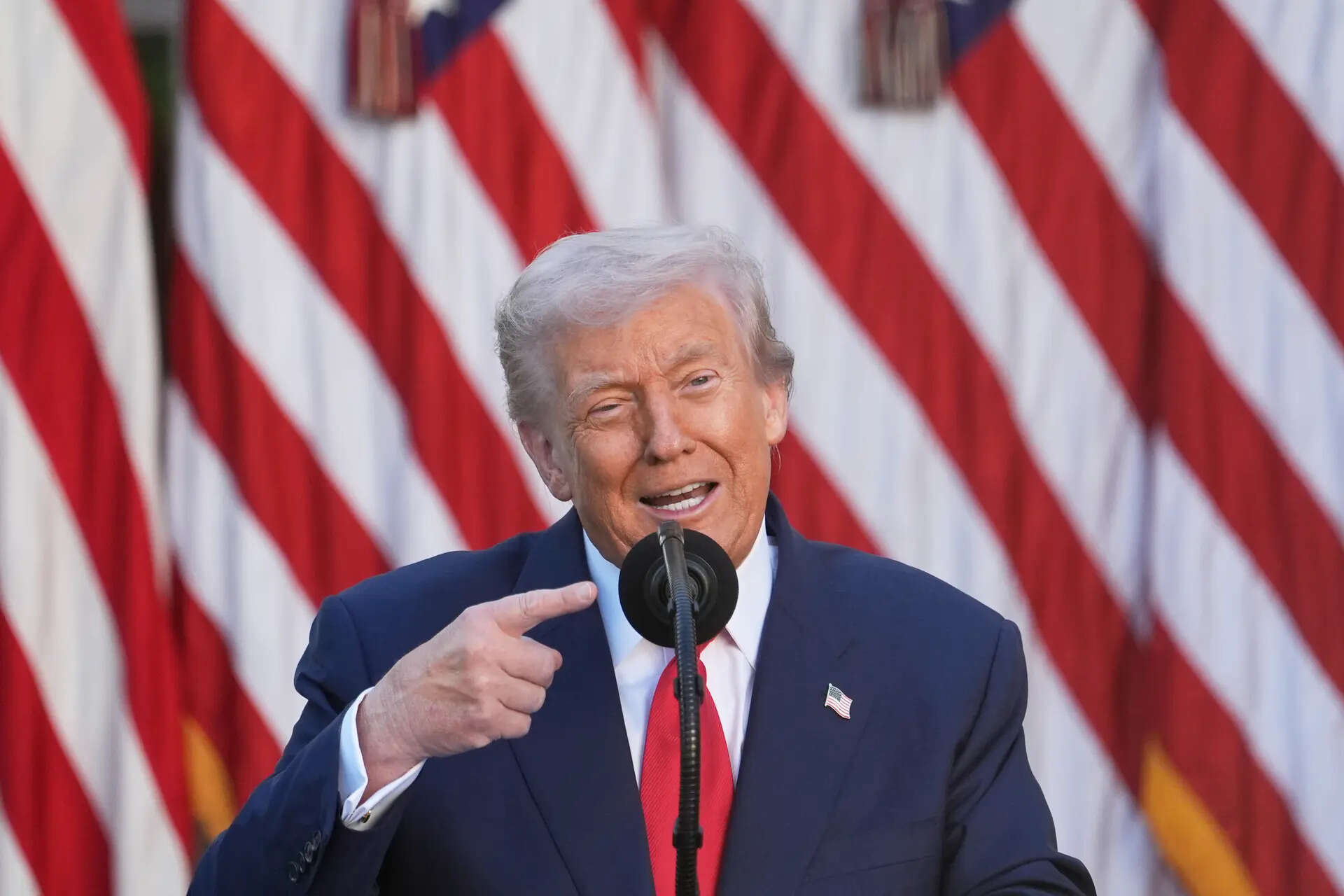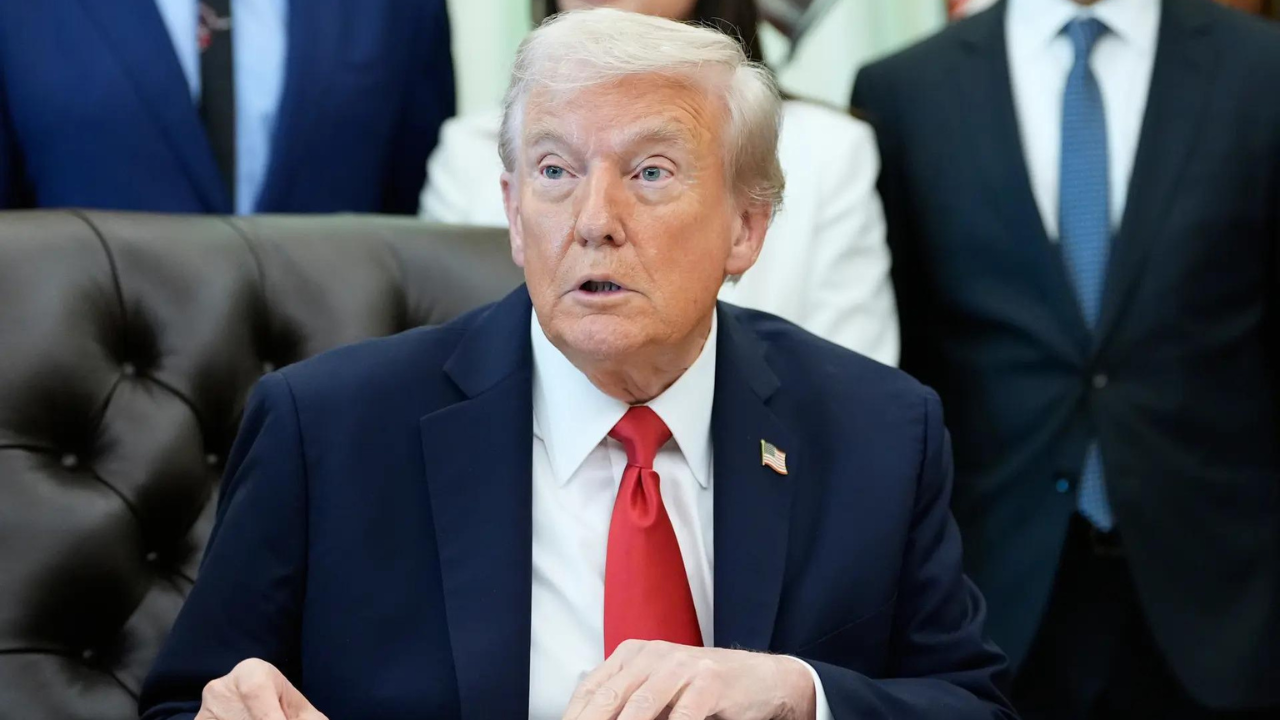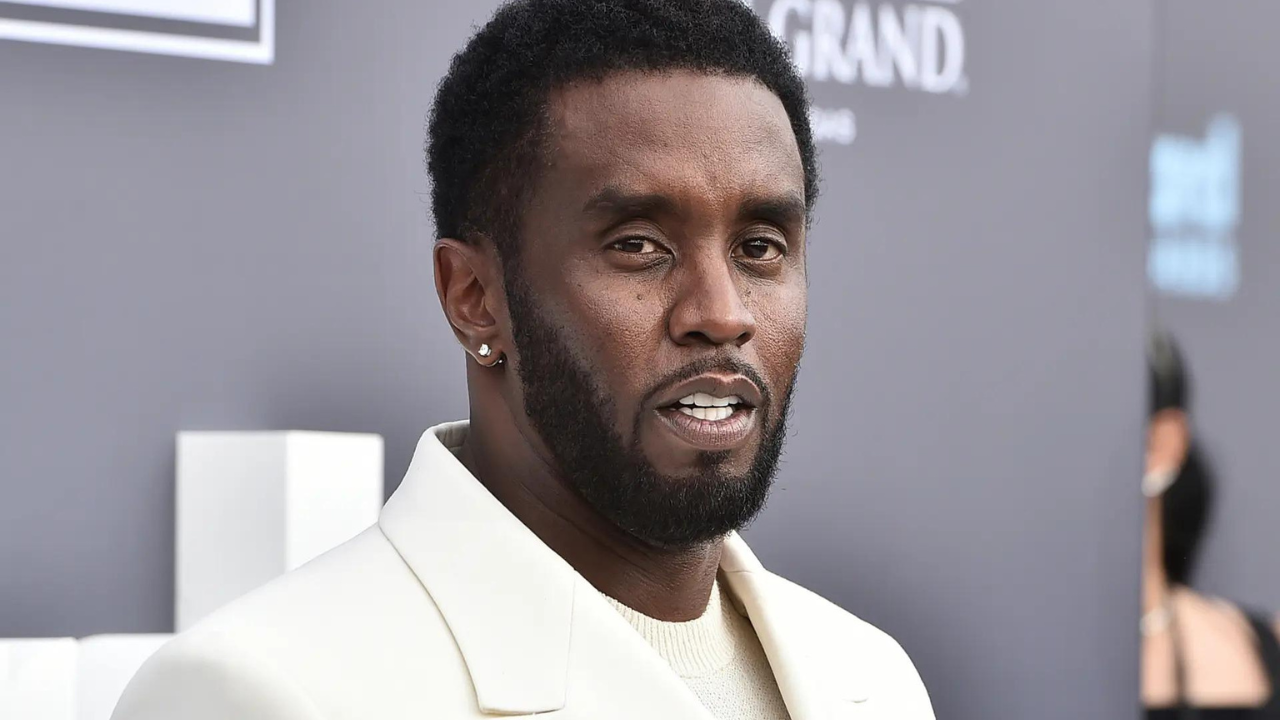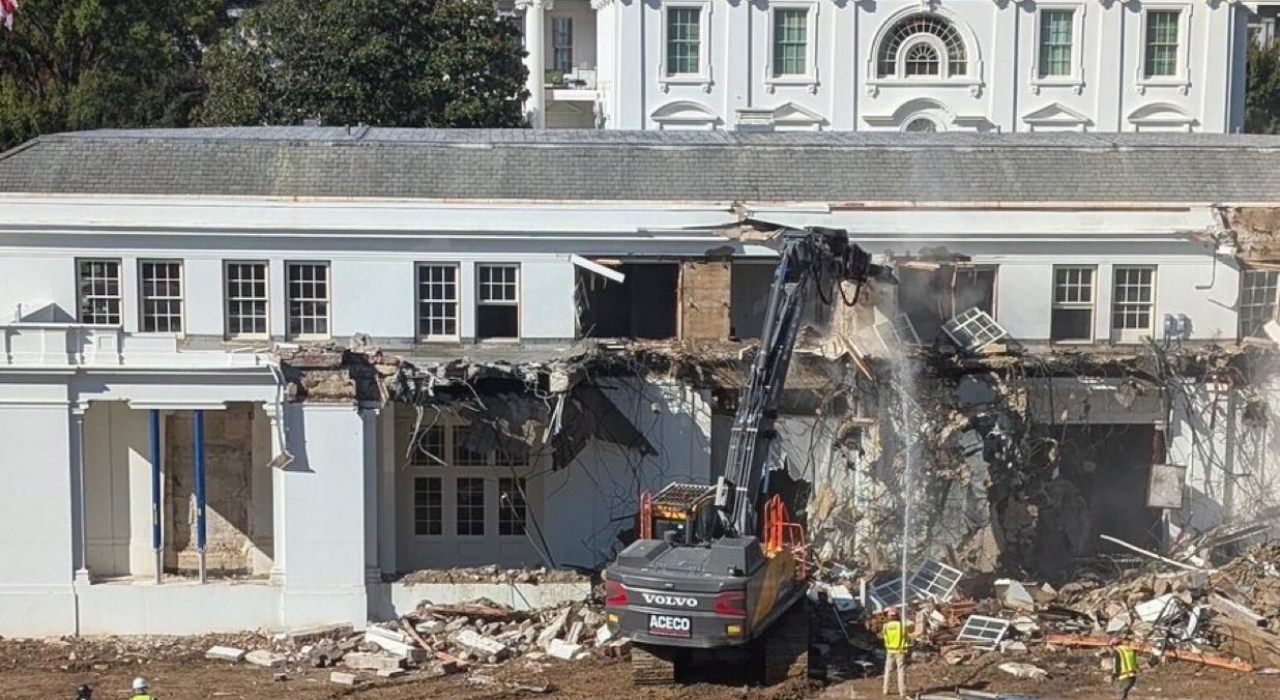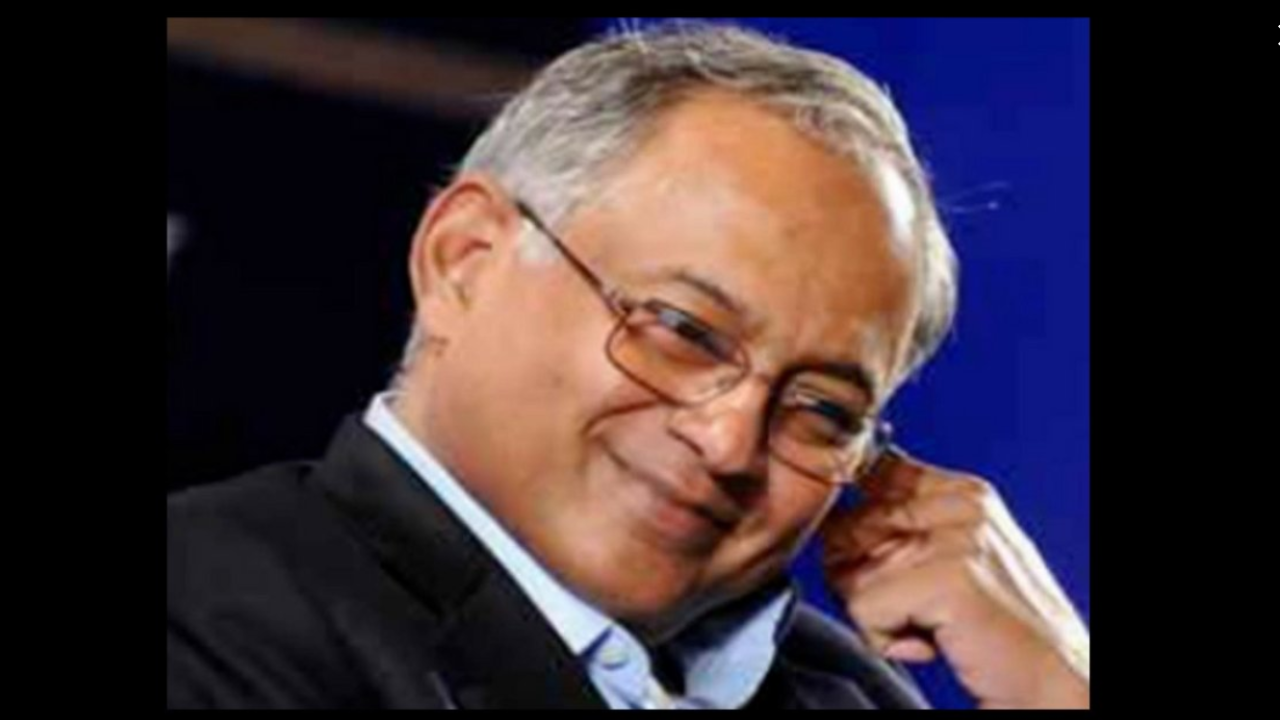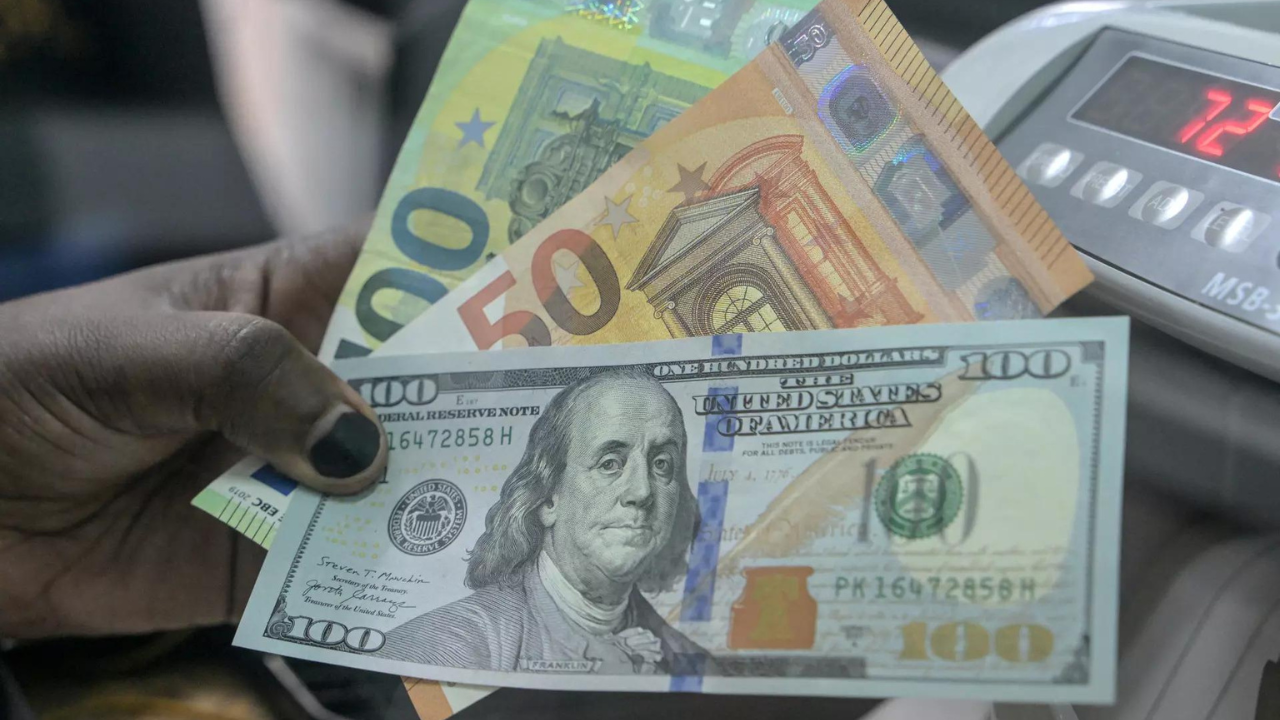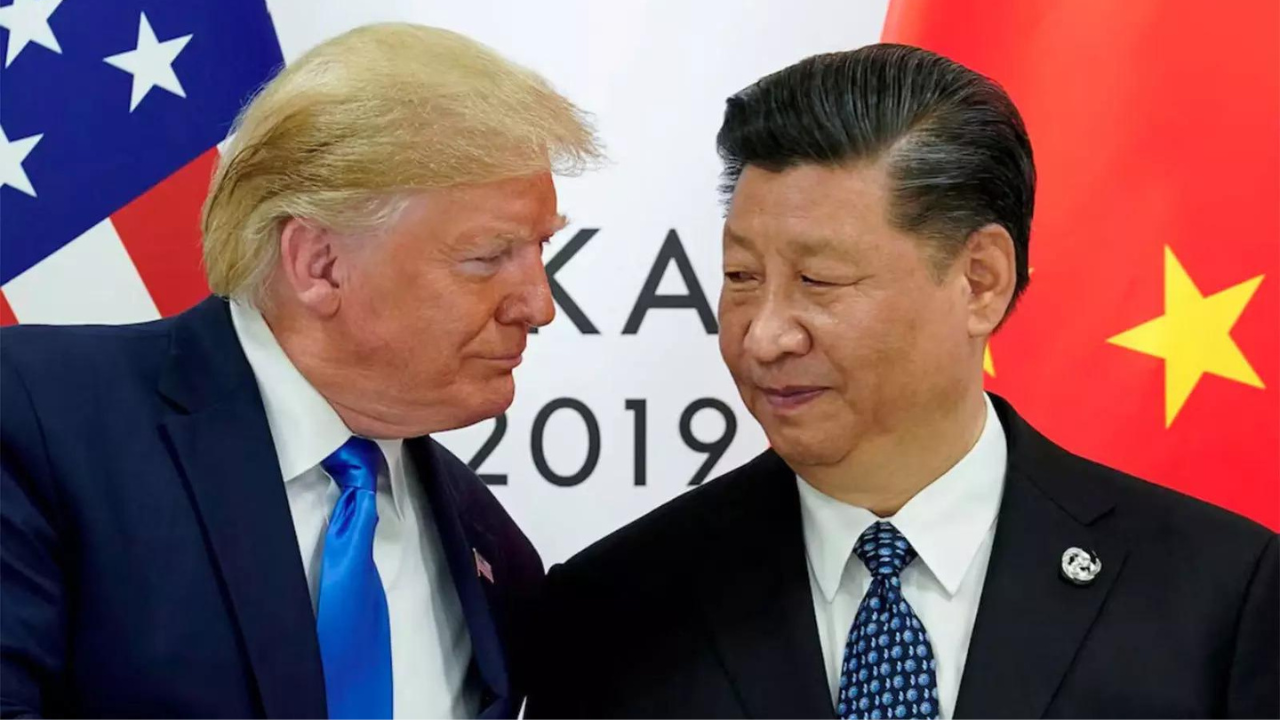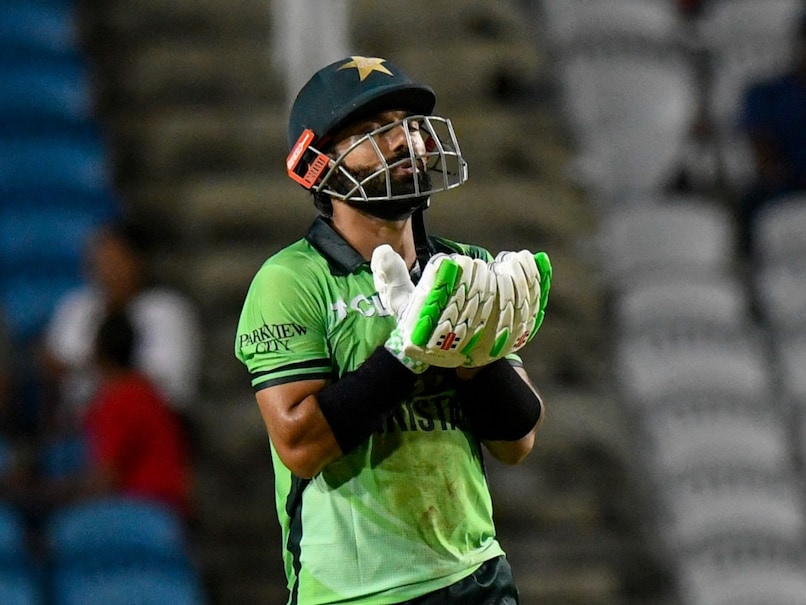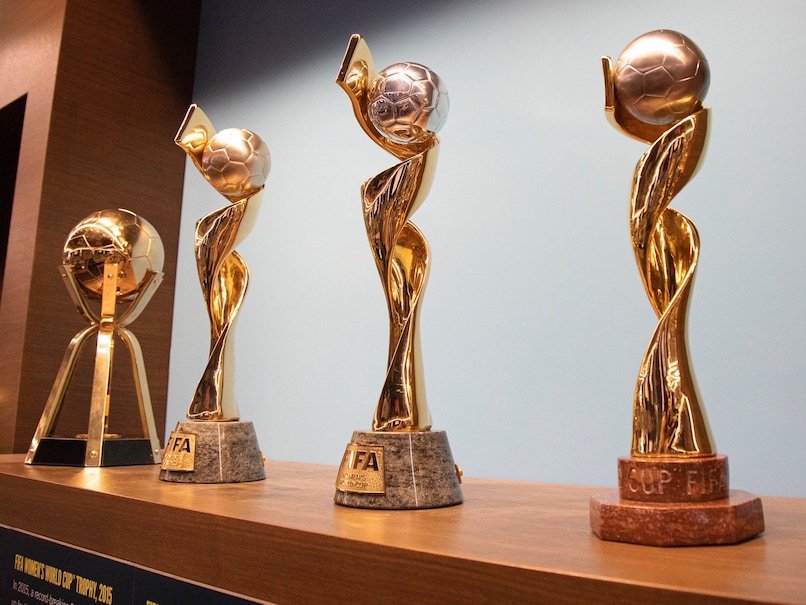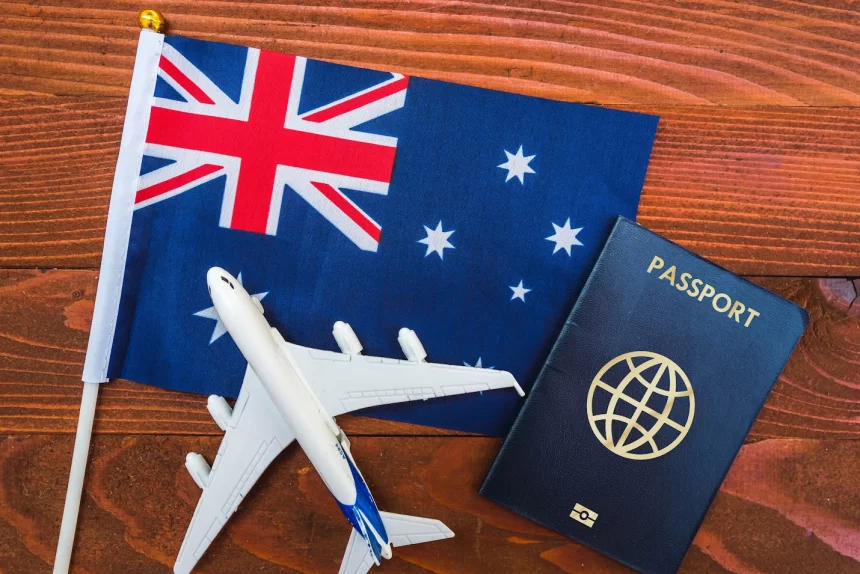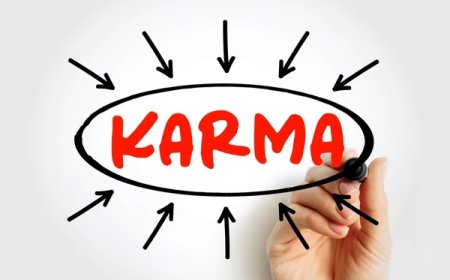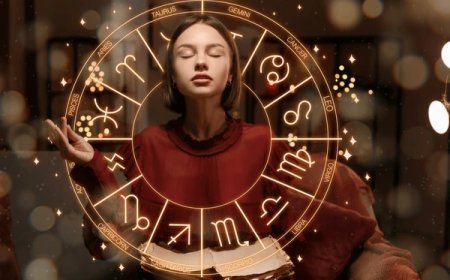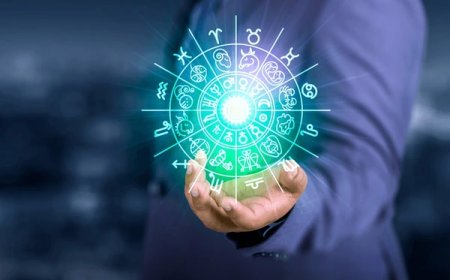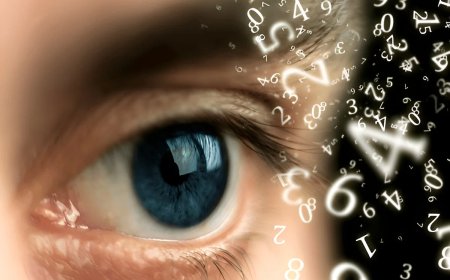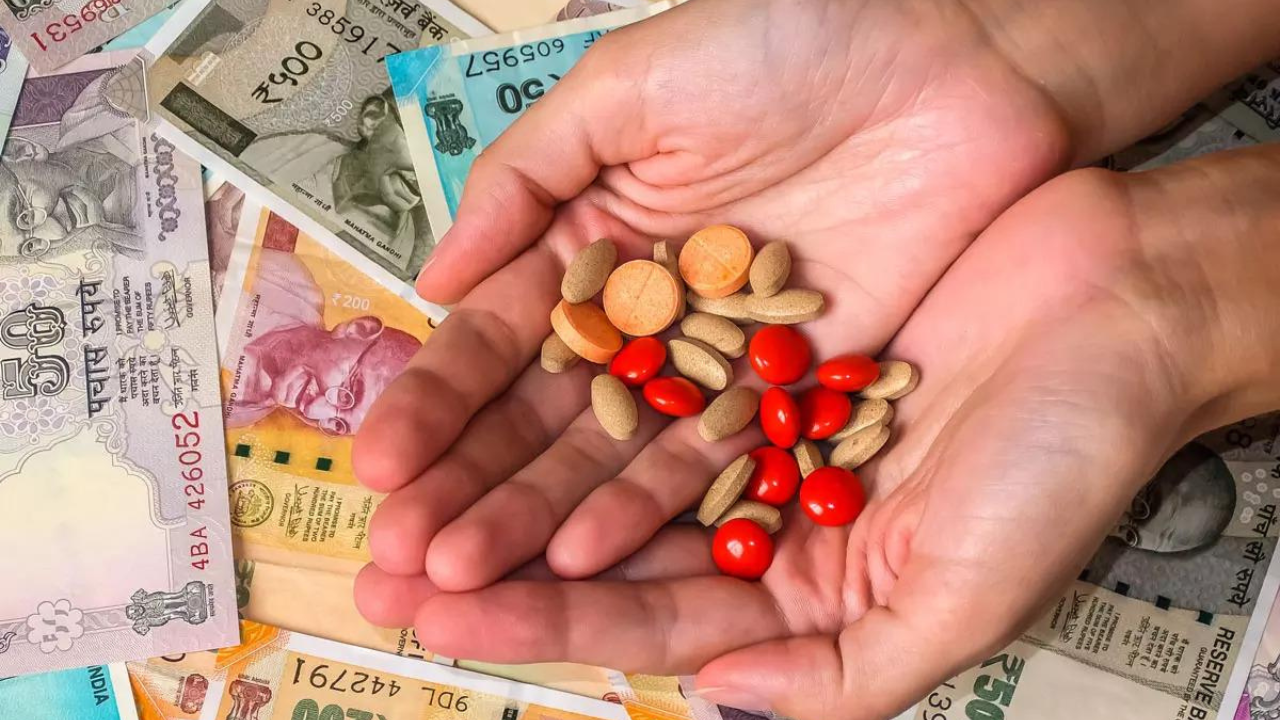‘Exoticised, alienised, villainised’: A book looks at how Muslims have been portrayed in Hindi films
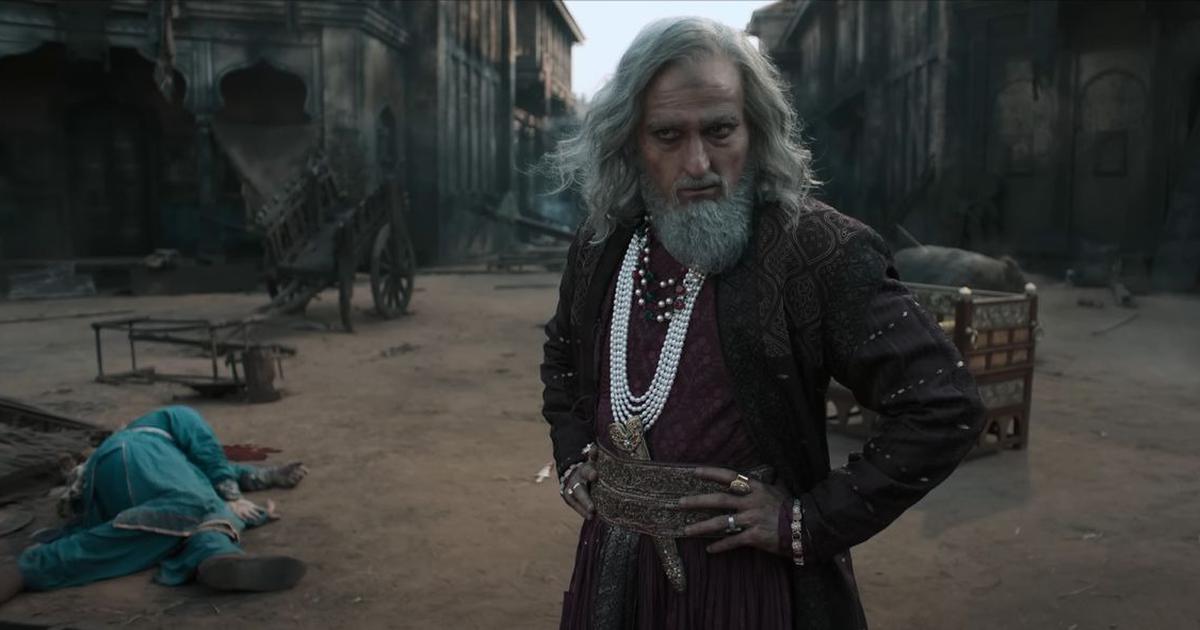
Join our WhatsApp Community to receive travel deals, free stays, and special offers!
- Join Now -
Join our WhatsApp Community to receive travel deals, free stays, and special offers!
- Join Now -

In the introduction to Postcolonial Bollywood and Muslim Identity: Production, Representation, and Reception, academic Nadira Khatun writes, “Bollywood has represented Muslims through a selective ideological lens and often overlooked situating them in landmark Indian socio-political historical events.”
Khatun adds that Hindi cinema has portrayed Muslims in “essentialized” and “homogenized” ways.
“Muslims are always associated with a few religio-cultural components, such as the Urdu language, biryani and meat as a food habit, sartorial practices such as wearing the skull cap, burqa and Pathani dress,” Khatun writes. “…But the truth is that Muslims around the nation observe different diets, language, and sartorial choices.”
Postcolonial Bollywood and Muslim Identity (Oxford University Press) analyses the diverse ways in which Muslims have been represented in Hindi cinema down the decades. Between the 1940s and the 1970s, films portrayed Muslims as rulers or aristocrats, a representation that appears positive but was misleading, Khatun says. “The audiences of those films formed an imagined image of Muslims, and that image was in absolute contrast to the real image of Indian Muslims at that time,” she writes.
In subsequent decades, Muslim characters were often gangsters, terrorists or collaborators with Pakistani spies. The book, an expansion of Khatun’s doctoral thesis, also examines noteworthy contemporary films with Muslim characters, such as My Name...
Read more
What's Your Reaction?
 Like
0
Like
0
 Dislike
0
Dislike
0
 Love
0
Love
0
 Funny
0
Funny
0
 Angry
0
Angry
0
 Sad
0
Sad
0
 Wow
0
Wow
0
